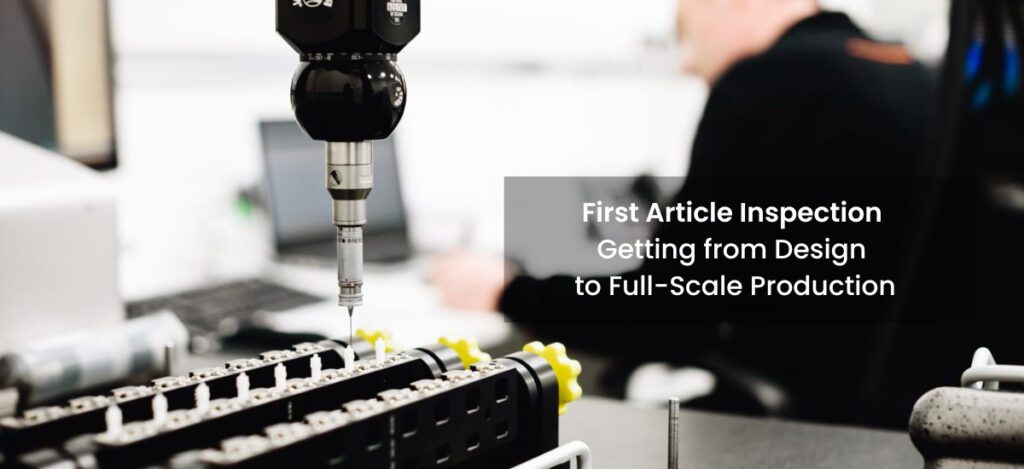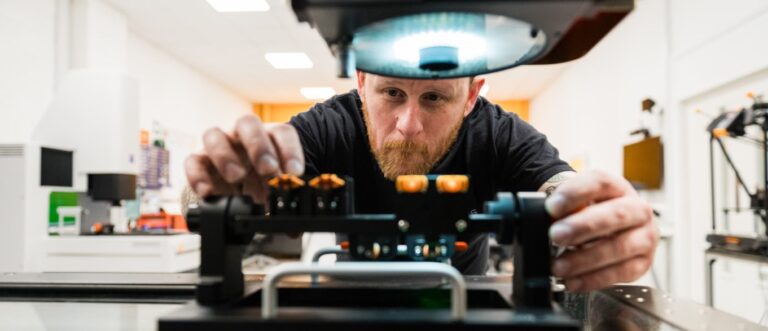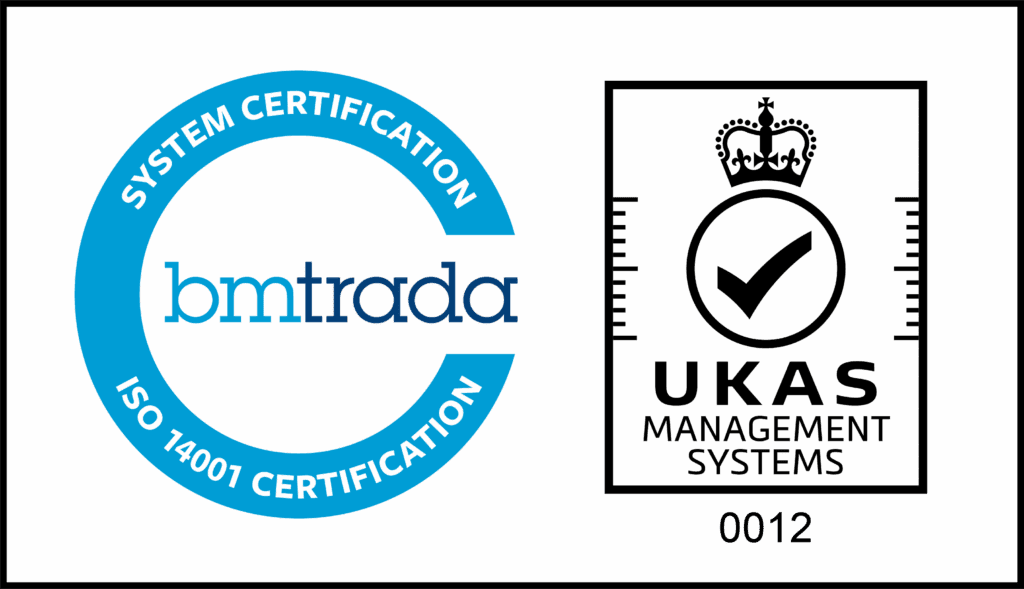
First Article Inspection (FAI) is a process that verifies whether a new or modified production process conforms to the engineering drawings and specifications of a medical device. Verification of conformity helps with compliance and allows your project to move to full-scale manufacturing. In this article, we’ll look at three essential steps to maximise the FAI process – steps that are often missed but are crucial to ensuring success and avoiding unnecessary delays and double work.
However, let’s first unpack that introduction.
When is an FAI Required?
FAIs are required in a range of situations, including:
- New Product Introduction (NPI)
- Design change on an existing medical device product
- Manufacturing process change (including the introduction of new tooling, upgraded equipment, etc)
- Factory relocation
- Manufacturing the component following a long gap of no activity
FAI Main Steps
Create the Manufacturing Process
In all the above situations, the manufacturing team will take the engineering documentation from the design team to develop a new manufacturing process. This includes the engineering drawings and specification documentation.
The manufacturing team will use this information to develop production tooling and all other elements required to manufacture the product.
Initial Manufacturing Run
The first batch of the component or medical device product will then be manufactured on the new or modified line. These are the first parts – or articles – produced by the line, so they are the parts that are subject to the FAI process.
Typically, a small number of components or products produced on the line will be selected for First Article Inspection.
Production of an FAI Report
The FAI process involves detailed inspection and measurement of the component or part to ensure conformity. A highly detailed report is then produced outlining the findings of the report, including whether the part has passed or failed the FAI.
In the case of a pass, the line is ready for full-scale production.
If the component or device fails, action needs to be taken to remedy the situation. For example, updating the design or making changes to the manufacturing process.
Why FAIs are Important
The main objective of an FAI is to verify conformity, as this makes it possible to move to full-scale manufacturing of the product.
However, there are other benefits of the FAI process and reasons why it is important:
- FAIs are crucial for compliance as FAI reports become part of the Device Master Record (MDR) for the medical device product.
- FAIs also help identify the causes of non-conformity and what needs to be done to correct the problem. Issues with tight tolerances or tolerance stack-ups are examples, particularly where they are making it difficult to manufacture the component or device consistently. In this situation, adjusting the tolerance of certain features without impacting device functionality or design intent can help the manufacturing process pass FAI.
- There is also the potential during the FAI process of identifying manufacturability improvements, where changes in the design can lead to increases in throughput or cost savings.
3 Essential Steps to Optimise FAIs for Your Medical Device Production Lines
Step 1: Partner with an Experienced FAI Service Provider
FAIs are commonly used in a range of manufacturing industries, but there are specific challenges and nuances that exist in medical device manufacturing. Some examples include:
- Components that are becoming smaller, more complex, and more intricate
- Materials used in medical device manufacturing differ from other regulated industries (like aerospace)
- Material combinations are increasingly complex
- Electronics, sensors, and other sensitive components are becoming commonplace
- Tolerances are decreasing
Therefore, it is beneficial to partner with a metrology and inspection provider that has experience not just with FAIs, but FAIs in the medical device industry. At Verus Metrology, for example, we specialise in MedTech, so our team has extensive expertise in this area.
Step 2: Produce First Articles Using the Full Manufacturing Process
It is essential the components or devices inspected as part of an FAI report are manufactured in the same way they will be during full-scale production. This means using the same tooling, production equipment, staff, materials, components, and processes.
Any alterations in any of the above can limit the reliability of the FAI report. This can have a knock-on effect on product quality and patient safety.
Step 3: Create a Detailed Plan
Proper planning is crucial to the success of FAIs in your medical device production facility. Your inspection partner can help develop the plan to ensure it meets the requirements of your facility and produces an FAI report that will enable movement to the next phase, whether that is process/design changes or full-scale manufacturing.
Some areas to consider when creating an FAI plan include:
- How the component or device will be inspected, including the features and elements that will be inspected, as well as the inspection equipment that will be used. Custom fixtures should form part of this consideration as they are highly beneficial to the FAI process.
- How many components or devices should be inspected to ensure there is a representative sample from the batch
- Is Gage Repeatability and Reliability part of the FAI requirements?
- If and how subjective elements will be assessed. There is a straightforward goal when inspecting objective features, as they must be within the tolerance of a specific dimension. Subjective features can be more complex. Colour is a good example, i.e., how do you determine if the colour of the manufactured part conforms with the engineering documentation? Therefore, it is beneficial to consider how subjective features will be assessed. One method is to have representative examples to compare with.
- Review and make decisions on how the results will be presented in the FAI report. For example, defining the number of decimal places required when presenting measurement data, confirming the list requirements for the equipment used to complete the measurements, etc.
Conclusion: Optimising Value and ROI from the FAI Process
In highly regulated industries like MedTech, FAIs are commonly part of the compliance process, so they are an essential part of moving a component or device from the design stage to full-scale production.
Therefore, FAIs need to be successful. Not in the sense of achieving an FAI pass, but in the sense of the process and report meeting the requirements of your business.
FAIs can go further, too, adding value to this phase of your project and delivering a return on investment by, for example, identifying areas where improvements can be made to reduce manufacturing costs.
At Verus Metrology, we’ve got the expertise and experience that can deliver FAI success and identify areas of improvement. You can contact us here to get that conversation started.








